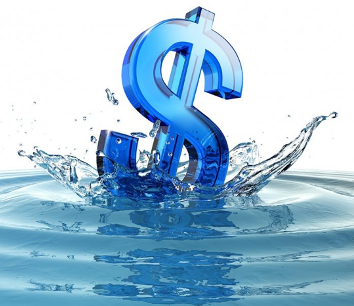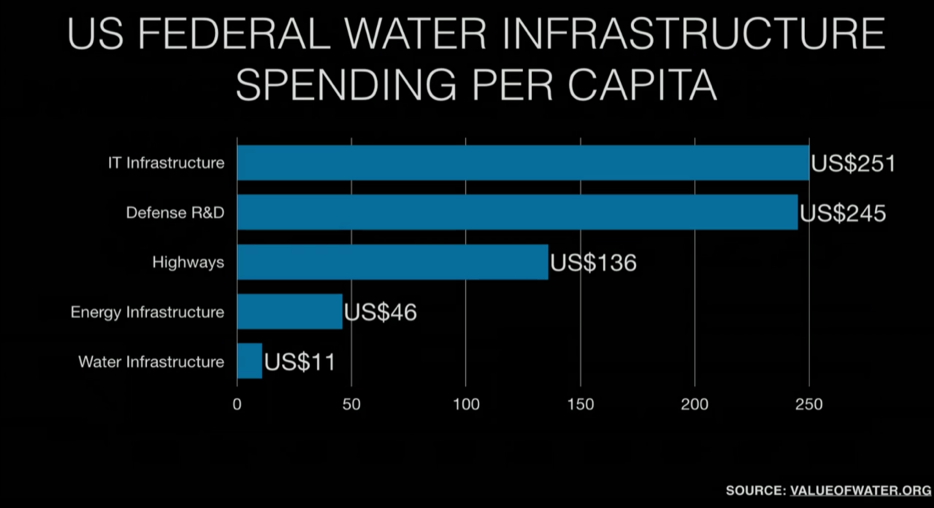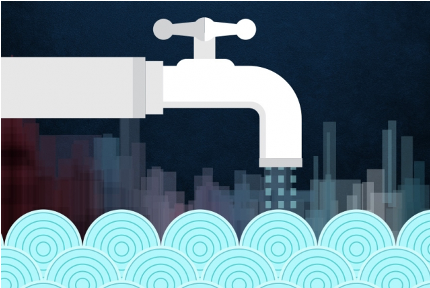The Biggest Obstacle to Replacing Our Aging Water Infrastructure

The Biggest Obstacle to Replacing Our Aging Water Infrastructure
A large portion of the water pipelines located underground have been there for decades, some even up to a whole century. The oldest among them are nearing retirement or already too old for use. Continuing to utilize these aging parts and pipes may compromise water quality and lead to pricey leaks and breaks along the way. While the obvious decision would be to replace the crumbling water infrastructure, the budget and funding to do so is lacking all across the country.
The U.S. gets most of its water from municipal water systems. With system expansions, water utility operation and maintenance costs have risen over time while spending on infrastructure has declined. Almost all infrastructure funding comes from the state or local government, with federal contributions being very minimal. Fluctuations in this spending have been contributed by the Clean Water Act, which was phased in at the year 1977, and the American Recovery Reinvestment Act of 2009. However, the introduction of those two standards alone were barely enough to make a difference long-term.
When compared to other infrastructures, water gets the short end of the stick in regard to the amount budgeted. For reference, below is the U.S. federal water infrastructure spending per capita.

With only 1.6% of the infrastructure budget going to water, a lot of improvisation and short-term fixes occur when updates are necessary. This not only puts a Band-Aid on the issue but also could leave consumers vulnerable to low water quality or inconsistent service. According to the American Water Works Association (AWWA), an estimated $1 trillion is necessary to maintain and expand service to meet demands over the next 25 years. That means that over $105 billion is needed for water funding – but only $45 billion is funded. This leads to an investment gap of $105 billion.

